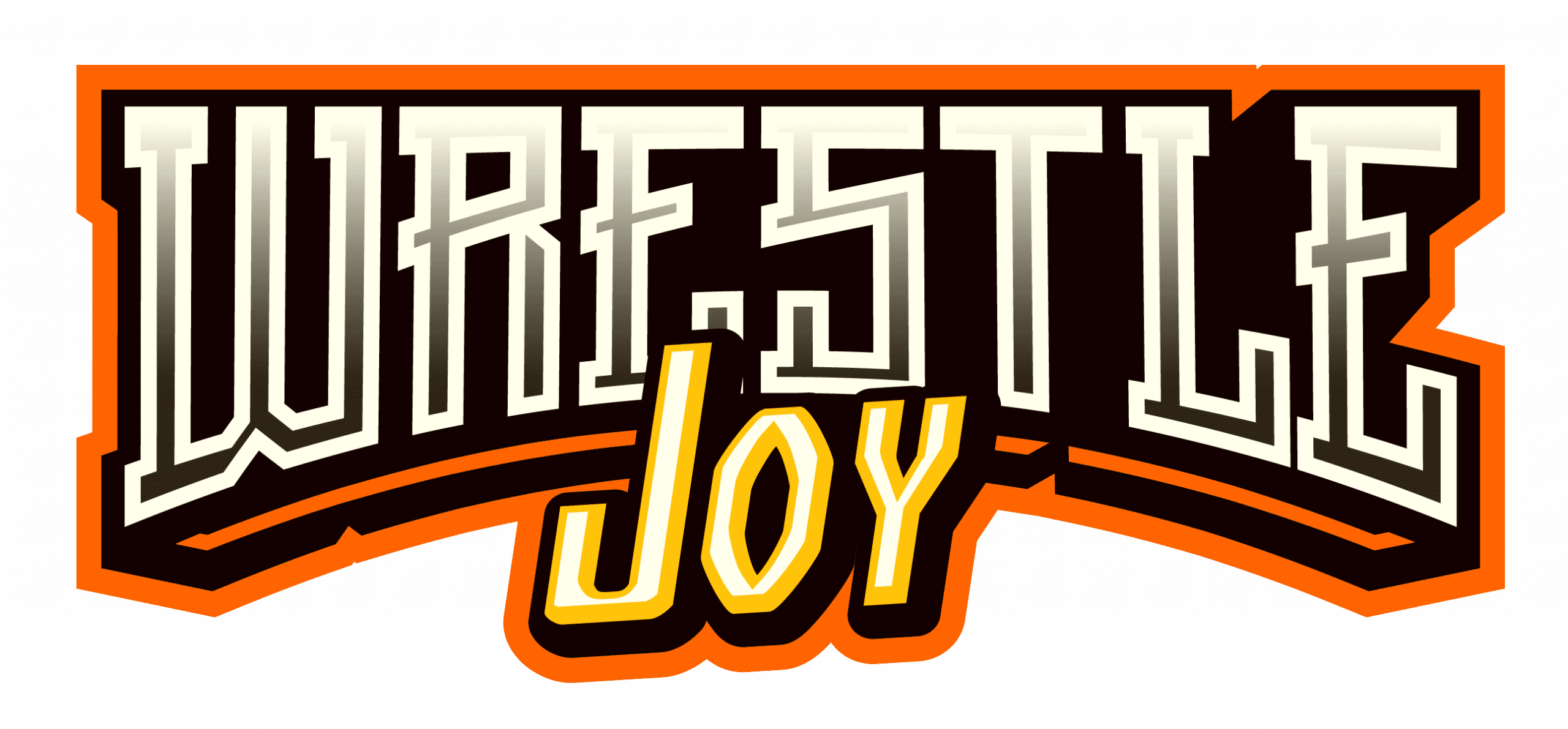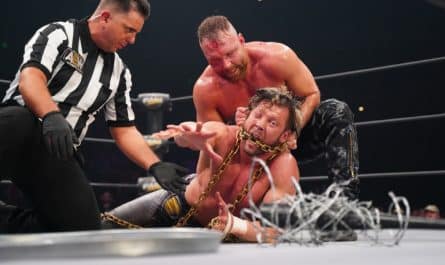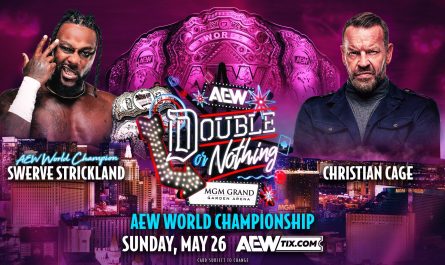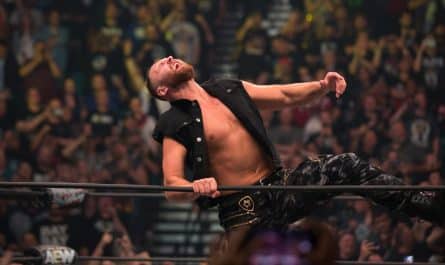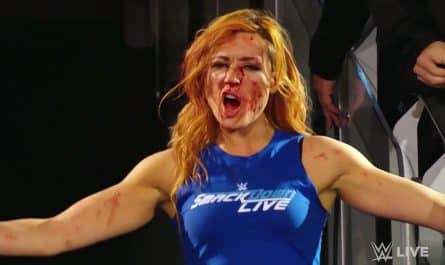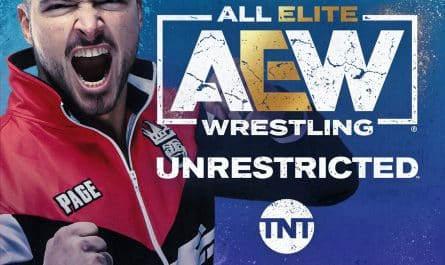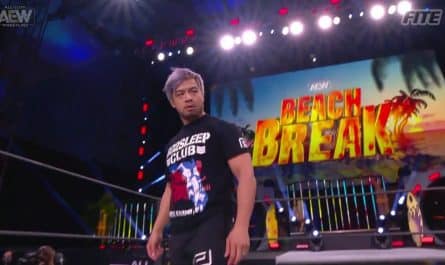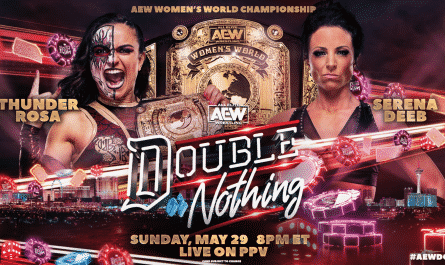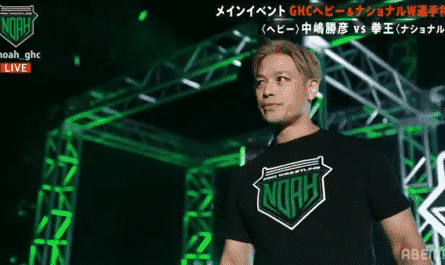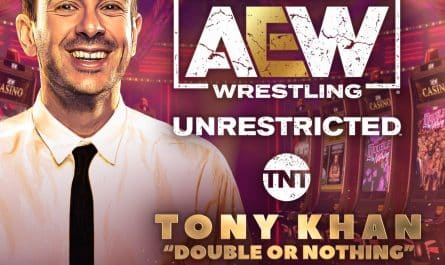Coming off the heels of Wrestlemania, the WWF and pro wrestling itself could do no wrong. In the months leading up to Wrestlemania 2, the WWF’s penchant for bigger and better left them with a show that on paper should have been epic but turned into a bloated mess.
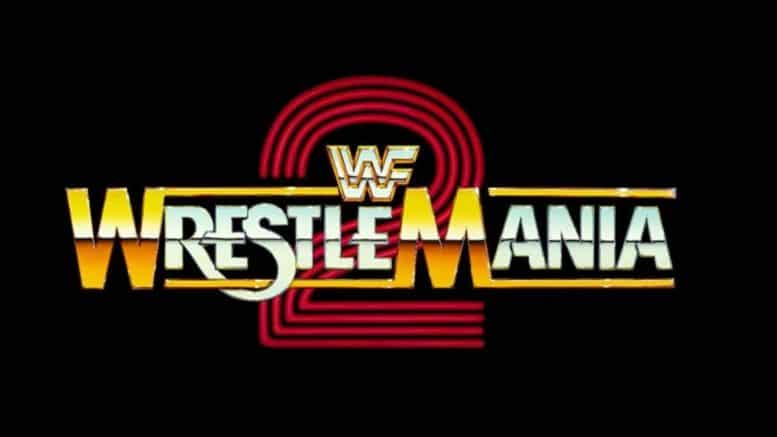
The week after Wrestlemania 1, the WWF surrendered its TBS Saturday time slot to Jim Crockett Production, who rechristened the program “World Championship Wrestling.” Halfway through the WWF run on TBS, McMahon changed the show’s name back to its original Georgia Championship Wrestling title to appease station owner Ted Turner. The new WCW show was a better fit for the TBS audience, who preferred Ric Flair and Dusty Rhodes to Hulk Hogan and George the Animal Steel. The TBS time slot gave Crockett a leg in creating his own national promotion to compete with McMahon’s burgeoning juggernaut.
The TBS show served as the Mothership program of the promotion, which now encompassed two separate territories. Crockett’s syndicated programs World Wide and Mid-Atlantic Championship, still focused on promoting the Carolina territory. After absorbing Ole Anderson’s Championship Wrestling from Georgia, the TBS show allowed them to promote house shows in that part of the country. Of course, Crockett had eyes on pushing his territory west and north and successfully moved into Baltimore. Since the days of Vincent J. McMahon and the Capitol Wrestling Corporation, the Charm City had been a WWF stronghold.
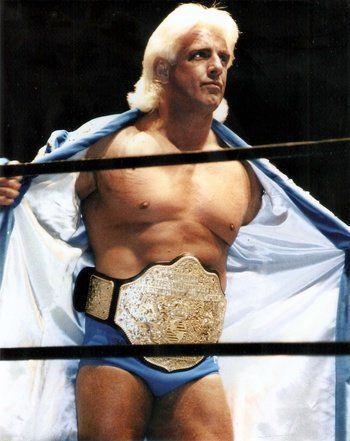
Credit: NWA
One of the significant issues facing Crockett was the NWA itself and its booking of champion Ric Flair. In the mid-80s, the rivalry wasn’t seen as Crockett vs. McMahon, but NWA vs. WWF. This bothered the rest of the NWA territorial network, who worried that one promoter would monopolize its champion for his promotion. As NWA Champion, Flair had to make dates not only in the dual Crockett territories but also in Florida, Central States (Kansas City), Portland, and Continental (Alabama).
As the other promoters saw, the problem was Flair’s loyalty to Crockett, having been a Mid-Atlantic mainstay long before the expansion. When the joint venture between Crockett, Vern Gagne’s AWA, and Jerry Jarrett’s CWA (Memphis), called Pro Wrestling USA, fizzled, Crockett’s top concern was his business. For other NWA promoters, getting dates on Flair became increasingly difficult.
Meanwhile, after Wrestlemania, McMahon and the WWF further cemented their relationship with Dick Ebersol and NBC TV. Ebersol was the producer of Saturday Night Live during a stretch when SNL founder Lorne Michaels had left the show. The night before Mania, Hogan and tag partner Mr. T. hosted the show, filling in for comedian Steve Landesberg (of Barney Miller fame). Hogan and T delivered solid ratings, helping to promote the big event. Ebersol and McMahon became fast friends.
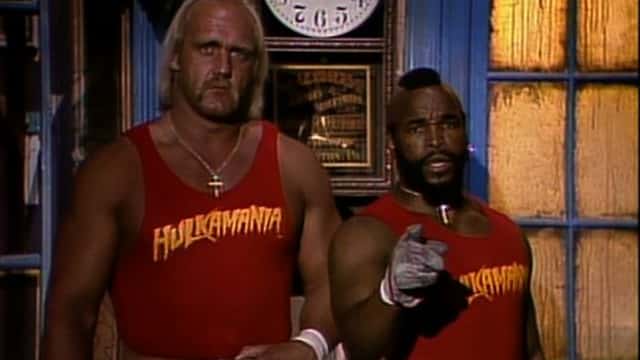
Credit: NBC
Two months later, they produced the first Saturday Night’s Main Event, which became a monthly program aired on weeks when the SNL cast had an off-week. Ebersol’s, who also produced NBC Sports, influence on the product was immediate. Though WWF had the most mainstream exposure, their production lagged behind Fritz Von Erich’s World Class Championship Wrestling in terms of video production. Under Ebersol’s eye, WWF television took a significant step with Saturday Night’s Main Event. As Saturday Night’s Main Event’s impact grew, McMahon targeted a city that he had eluded him early on: Chicago.
In the first half of the 20th Century, the windy city was the pro wrestling world’s capital. Dexter Park Pavilion played host to the famed 1908 title match between George Hackenschmidt and Frank Gotch. In the early-50s, promoter Fred Kohlers Wrestling from the Marigold became of the big ratings success stories in the early days of television. Wrestlers like Gorgeous George, Buddy Rogers, and Verne Gagne himself became television stars because of Kohlers program, which had national distribution on the DuMont Television Network.
However, in the late-50s, Kohlers promotion lost significant money. Needing help, Kohler sold his territory, which existed just in the city of Chicago, to Verne Gange and Richard Aflis, another major television star known as Dick the Bruiser. Gagne’s AWA territory was based in his home of Minneapolis, while Aflis based his World Wrestling Association in Indianapolis. The two agreed to share Chicago, essentially locking the NWA Champion out of the city. As Aflis’ promotion faded in the 80s, Gagne’s remained strong. McMahon saw dollar signs in the third-largest market in the US.
When McMahon’s company first started promoting in Chicago, the WWF could not secure the Rosemont Horizon, a major arena located near O’Hare Airport. Gagne had been promoting the Horizon since 83, and Chicago was “his town.” Instead, the WWF ran the smaller University of Illinois-Chicago Pavilion. By the summer of 1985, the Horizon went to McMahon and bumped Gagne’s product from their venue. After successfully selling out their first Horizon house show, McMahon decided to try another bold experiment in the Wrestling Classic.
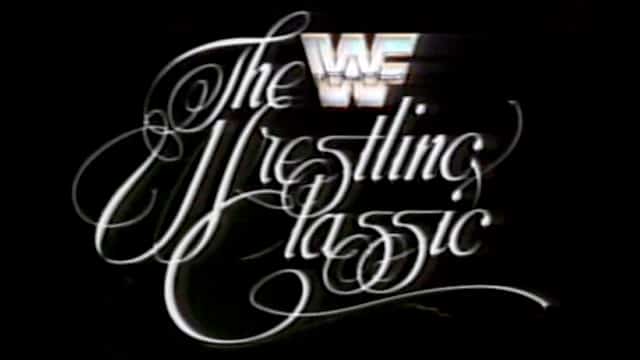
The one-night 16-man tournament was the main attraction, along with a title match between Hogan and Roddy Piper. Even months after Mania, Piper, and Hogan were the hottest ticket in town. But instead of promoting the event on closed-circuit like Wrestlemania, McMahon opted for a new medium: at-home pay-per-view. The WWF was a real pioneer in this field and put out an intriguing card. However, the end result, which featured Junkyard Dog defeating Randy Savage via count-out to win the tournament and Hogan defeating Piper via disqualification in 7:00, would be a bit lackluster. The event sold 47,000 buys, which could only be considered a successful experiment.
A mere three weeks after the Wrestling Classic, Crockett held its third Starrcade. However, with the territory being divided into two locations, many questioned if the event should move from its traditional Greensboro location to Atlanta. Others rebuked the idea, saying Starrcade was too big of a part of the Carolina’s to move. The ambitious booker Dusty Rhodes had the perfect solution. “Why not both?” Starrcade 85 would take place in both the traditional Greensboro Coliseum and in Atlanta’s Omni simultaneously.
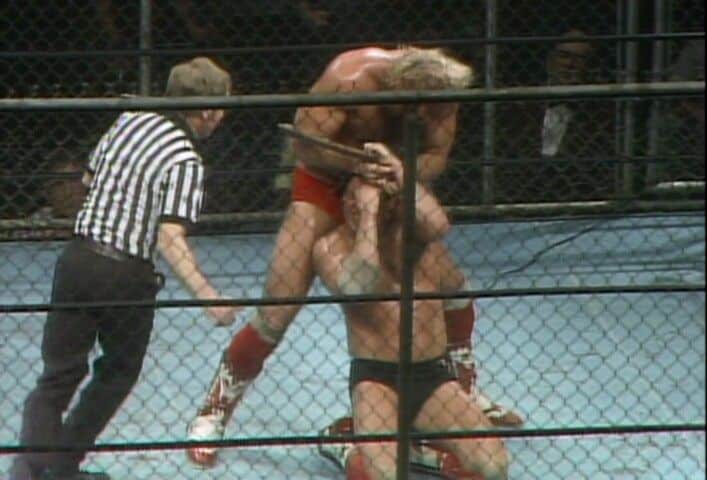
Rhodes took McMahon’s idea of closed-circuit television and amplified it. Fans in both cities would be able to watch the other city’s events via closed-circuit while also watching matches in their own arena. The matches bounced back and forth between arenas. The Greensboro show was headlined by the red hot Rock N Roll Express, defeating Ivan and Nikita Koloff for the NWA World Tag Team Titles. While Atlanta saw Rhodes seemingly defeat Flair for the NWA World Title. It was Magnum TA who stole the show, beating Tully Blanchard in a legendary I Quit Match. The event sold 30,000 tickets between arenas and did significant business on closed-circuit. Though Crockett wasn’t the force McMahon was on the National scene, Crockett was a money-making machine.
As 1985 rolled into 1986, McMahon didn’t like the idea of being upstaged by Rhodes and Crockett. If Starrcade could be held in two different arenas, why couldn’t Wrestlemania be in three different arenas in the three most prominent market places in the US? Wrestlemania 2 would be telecast on closed-circuit and on pay-per-view live from the Nassau Coliseum in Uniondale, New York, the LA Sports Arena, and McMahon’s latest conquest, the Rosemont Horizon.
If bigger equals better, then surely what Wrestlemania 2 needed was even more celebrities. Three-times as many! For the New York show, the WWF recruited Ray Charles, Cab Calloway, Darryl Dawkins, Nixon-era enforcer G. Gordon Liddy, Joan Rivers, Smokin’ Joe Frazier, boxing trainer Lou Duva, Burger King mascot Herb and actress Susan Saint James.
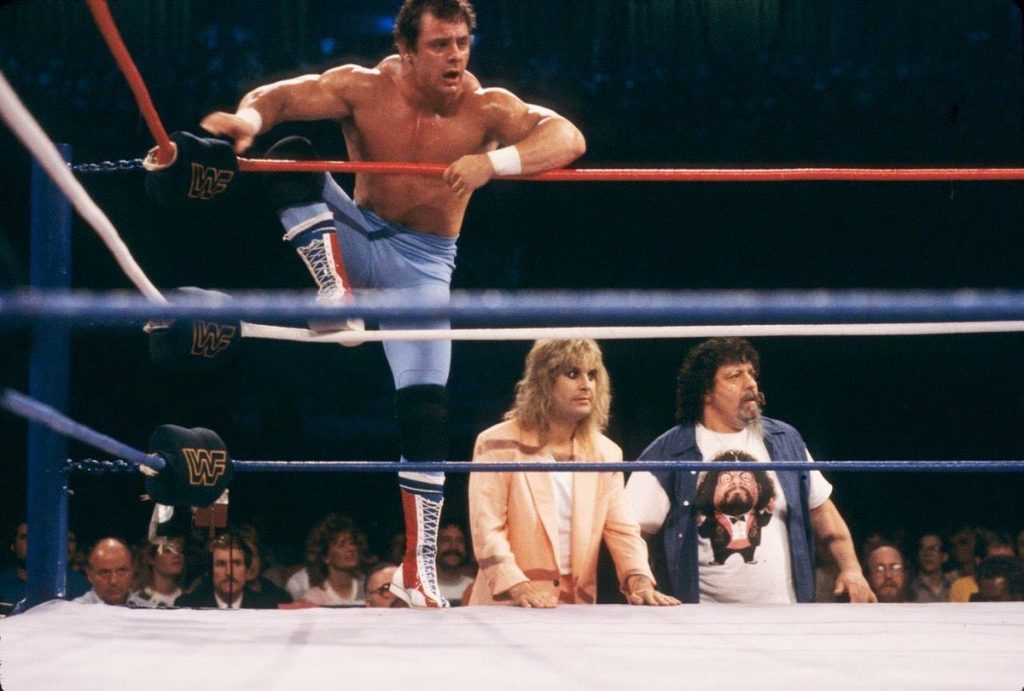
Credit: WWE
In Chicago, Wendy’s Where’s the Beef? Spokesperson Clara Peller, NFL Hall of Famer Dick Butkus, Ozzy Osbourne, and actress Cathy Lee Crosby showed up. NFL players Ed Jones, Bill Fralic, Ernie Holmes, Harvey Martin, Jimbo Covert, Russ Francis, and William The Refrigerator Perry took part in a battle royal won by Andre the Giant. In LA, Silver Spoons star Ricky Schroder, Robert Conrad, LA Dodgers manager Tommy Lasorda, and Elvira, Mistress of the Dark dropped by. Oh, and by the way, in a very Crockettesque main event, Hulk Hogan defended the WWF title against King Kong Bundy.
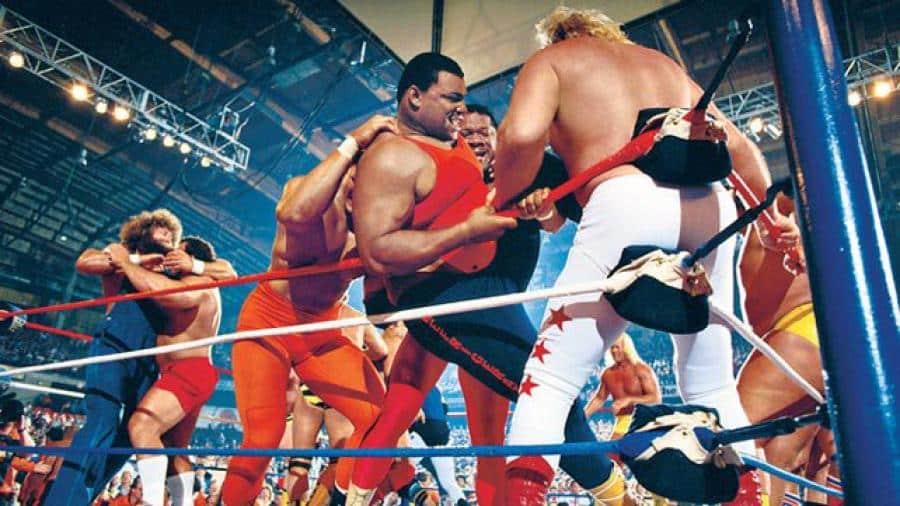
Credit: WWE
The problem with Wrestlemania 2 was it was all too much. Too many matches, too many locations, and too many celebrities. Many of the celebs sat in on commentary. None had any idea of what was going on or how the matches affected the storylines. While the concept of NFL guys in a battle royal sounded good on paper, it was chaotic and not very good, even for a battle royal. Even the main event seemed to lack the kind of traditional heat that Piper and Hogan had built the year before. While the match was fine for the prototypical Hogan vs. monster match, it just doesn’t feel like a Mania main event. Piper meanwhile had an abysmal boxing match with Mr. T.
The event sold a total of 40,000 seats and sold 250,000 pay-per-view buys. Financially, the event did well enough, but critically, the show fell flat. However, the lessons learned helped the WWF move into a creative boom that led to the biggest event in history, Wrestlemania III.
